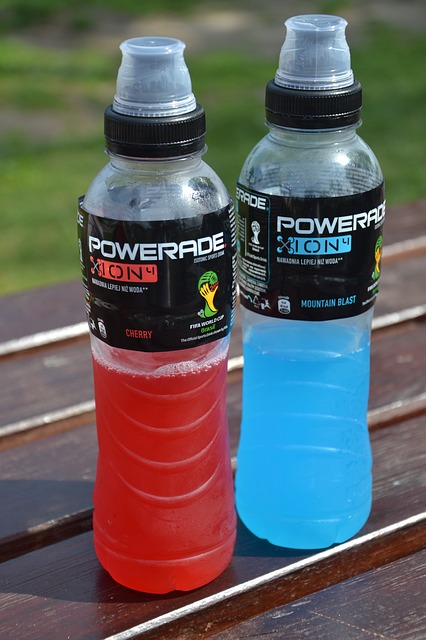Gatorade vs Powerade
The primary difference between Gatorade and Powerade is the quantity of ingredients used to make each beverage. Both are popular sports drinks designed to replenish fluids and electrolytes lost through sweating during workouts or matches. They contain similar ingredients and appear almost identical, but the electrolyte and carbohydrate contents vary.
What is Gatorade?
Gatorade was created in 1965 to provide Gator players relief from the loss of electrolytes during practice and matches in Florida’s hot conditions. Drinking water can maintain hydration, but the loss of vital electrolytes can lead to cramping. The doctors who developed Gatorade named it after the University of Florida’s mascot, the Gator. Gatorade was owned by Quaker Oats Company until 2001 when PepsiCo purchased the brand and took over manufacturing. Gatorade contains 450 mg of sodium per liter and is 6% sugar. It is available in a variety of flavors, including Orange, Fruit Punch, Grape, Tropical Blend, Lemon-Lime, Blueberry-Pomegranate, Raspberry Melon, and Glacier Freeze.
What is Powerade?
Powerade emerged as a competitor to Gatorade in 1988. After Coca Cola acquired Powerade, it became a popular sports drink. Powerade contains 225 mg of sodium per liter and is 8% sugar. It is available in nine flavors in the United States: Mountain Berry Blast, Orange, Fruit Punch, Grape, White Cherry, Lemon Lime, Melon, Strawberry Lemonade, and Tropical Mango.
Key Takeaways
- Gatorade and Powerade are both sports drinks, with Gatorade owned by PepsiCo and Powerade owned by Coca Cola Company.
- Gatorade contains 450 mg of sodium per liter and is 6% sugar, while Powerade contains 225 mg of sodium per liter and is 8% sugar.
- Both drinks have a variety of flavors, with some differences in taste and nutritional content.
It is essential to remember that these sports drinks are intended for athletes who lose significant amounts of sweat for extended periods. If you are not losing a large amount of sweat, water may be a more suitable hydrator.
